by Robin Scott Peters
When you enter into the main Picasso exhibit you are greeted by the smaller sculpture and the superimposed photograph of the unveiling of the 50' 160 ton work.
 |
| A Sculpture for Chicago The Richard J. Daley Center Sculpture (1963-1967) unveiled August 15, 1967. Construction by Skidmore, Owings & Merrill, is 50' tall, 160 tons. |
I couldn't help but notice more than just a passing similarity between the African piece and the finished work of Picasso.
Cubism took shape around 1907. The following work comes just prior to that period. The sculpture raised at the Richard J. Daley Center was created during Picasso's later years (1963-1967). The sculpture below started with a friend modeling and the "Jester" was created. Picasso, throughout his career challenged himself in multiple mediums. See his ceramic work below.
Post-Impressionism says AIC.
 |
| Old Woman (Woman with Gloves), 1901 |
 |
| Young Woman with a Hat Paris, 1900 |
 |
| Self Portrait, 1906 |
Did you know that Picasso worked in Ceramics? 1946 he had a chance meeting with "Georges & Suzanne Ramie'. Picasso was invited to visit Madoura Pottery in the village of Vallauris." He produced over 1000 pieces in his first year working with ceramics.
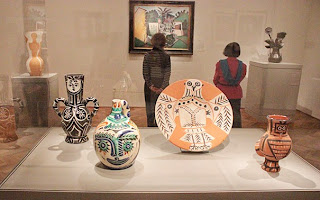 |
| Ceramic Collection |
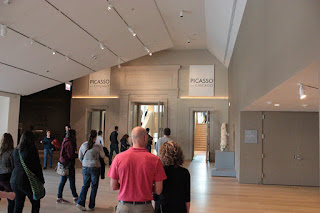 |
| Walk up into the main exhibit. |
 |
| Woman with a Helmet of Hair Paris, 1904 |
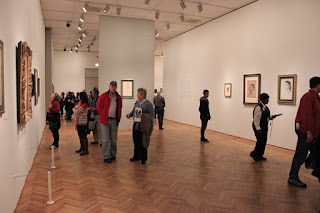 |
| One of numerous galleries interconnected for "The Picasso Effect" |
The influence of the African art is clearly apparent in the Richard J. Daley Center sculpture and in the sketches below. Though colors and shapes from the African art influence permeates certain aspects of Picasso's work, it is just part of his myriad long-term medium exploration.
 |
| Six Busts of Women, 1962 |
One could argue that Picasso's blending of human and beast follows the African art tradition.
But African art isn't the only art to blend human and beast in works of art.
 |
| The Ivory Coast |
I was hard pressed to find any thing racist about what I experienced as a human. Or as a black man. Or as a conservative, at this exhibit. The term racist, or racism is thrown around so freely today the meaning is watered-down. Today, it seems, any "slight" can be politically fashioned into being labeled racism. My very good friend who made this initial claim, is black and has a masters degree and holds a significant position in the government. He told me, just as I was arriving in Chicago at the Art Institute, that Georges Braque admitted the trip to the Ivory Coast was his spark for Cubism. My friend explained that Picasso did not do such a thing and thus was racist for not giving appropriate credit. I am still doing research to find if this is even true--Braque's admitting and Picasso's not. This was a significant collection of Picasso's work. If there is one paralleling stylistic choice evident in the work of Picasso it is his alteration of image. This is clearly evident in the African art. Obviously, almost every piece of work Picasso produced, exaggeration of the human form is fundamental.
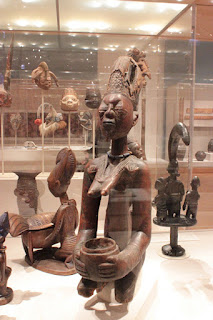 |
| Exaggeration of the Human form. Motivation for Picasso? |
I spent three hours at the exhibit. Hardly enough time to scratch the surface. I hope me and my Canon 550D was able to capture a little of the flavor of the exhibit. The exhibit is open now through May 12, 2013. I recommend it highly. The combination of work, medium, and subject matter is a phenomenal experience. Travel the road a genius explored over a lifetime of devotion.

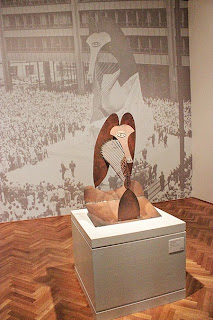
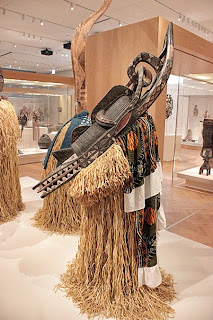


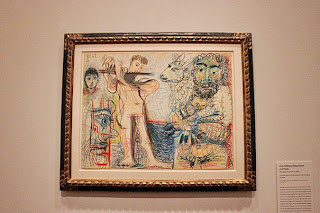
No comments:
Post a Comment